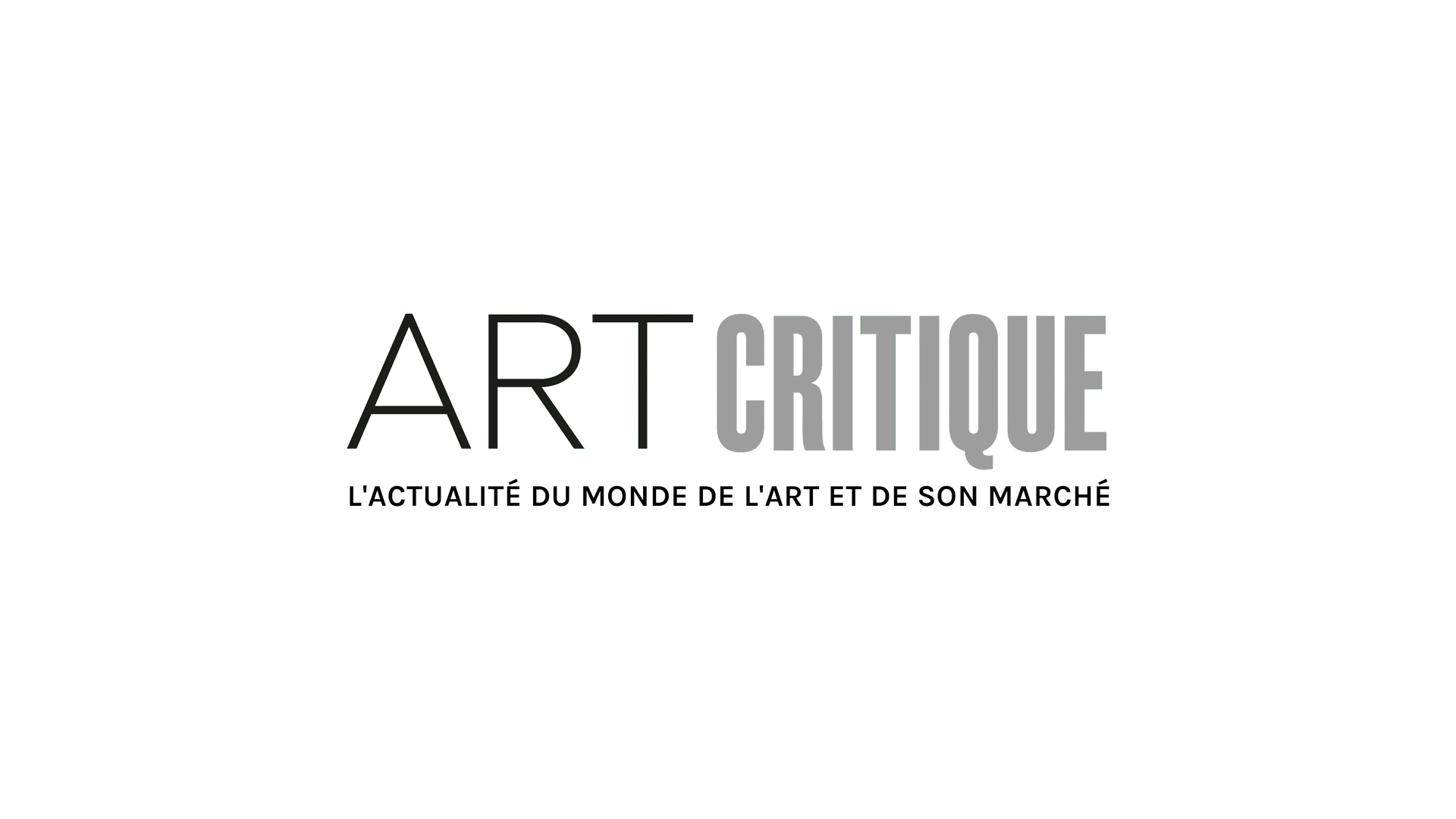On August 20th, more than 120 artists, curators, and dealers posed an open letter opposing the di Rosa Center for Contemporary Art’s decision to deaccession the majority of items within their collection. The di Rosa Center was originally founded as the di Rosa Preserve in 2000 to promote and support artists in Northern California and the Bay Area. Founded by Rene di Rosa, the collection holds more than 1,600 works of art, but by the end of the process, it may only retain about 25 percent of those.
The di Rosa Center’s decision to no longer collect artworks in order to focus instead on larger thematic exhibitions as well as educational programming and community outreach came in July. At the time of the announcement, the centre’s executive director, Robert Sain, said: ‘This is a textbook example of completing the transition from a private individual’s extraordinary endeavor to it being a public-facing institution.’
That choice, however, provoked the open letter criticizing the choice. Originally published in ARTnews, the letter stated that the collection was a ‘rare opportunity to understand the dynamics and history of the emergence of Bay Area art as an internationally significant phenomenon. It is the only collection in the world dedicated exclusively to the history of post-World War II art in Northern California in all its diversity of media, gender, race, and philosophy. It is a collection that has served and should continue to serve generations of artists, scholars and curators.’
The signees, which included Kathy Butterly, Mark di Suvero, Barry McGee, Ruby Neri, Wayne Thiebaud, Ingrid Schaffner, George Adams, and Nancy Hoffman, continued:
We respectfully ask the director and the board to acknowledge and honor these unique circumstances by identifying an alternative institution to house, preserve, and appropriately utilize this unique collection. Failing to do so would lead to an irretrievable loss to the international art community.
The di Rosa Center has since responded with their own letter explaining that the transition of the museum is mostly due to a lack of funding to maintain their extensive collection and that despite their attempts to fundraise the needed funds, they had not met the necessary requirements. Signed by Sain, the centre’s letter in part read:
We determined that Rene would want us to keep the doors open and to continue to honor his legacy by presenting the artists of Northern California – both those in the current collection along with new to-be-commissioned works – to our community. During our extensive review, a number of people who knew Rene personally shared that Rene clearly and repeatedly spoke during his lifetime of the need to “prune” the collection.
Sain continued by stating that they hope to keep portions of the collection together in other institutions as described by the August 20th letter.
Each of the letters can be read in full here.





